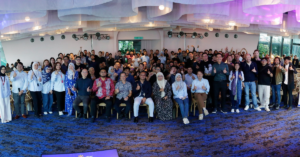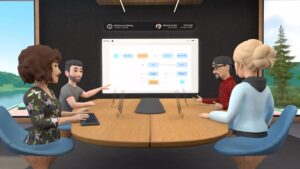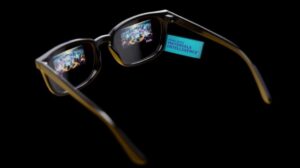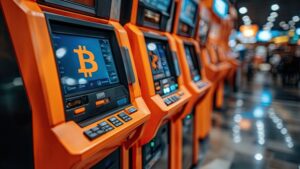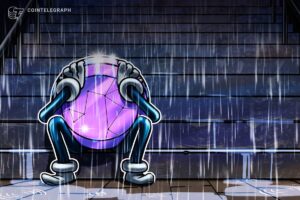IoT data powers the metaverse

Samuel Taylor Coleridge’s The Rime of the Ancient Mariner describes the ill-fated journey of a sailor facing a challenging ocean, while making questionable decisions. Literature may seem far removed from 21st century emerging technology. But themes are often applicable, and the analogies may help us find our way — hopefully without an albatross hanging around our necks.
The metaverse is amid a hype cycle, and for some, it might be a tired topic. But the metaverse is already here, albeit in a form — namely the internet — that currently doesn’t live up to the expectations. Although we haven’t yet achieved the ultimate vision, the metaverse will continue to evolve and expand over time, changing our relationship with each other and with the physical and virtual world.
In the process of working through policy implications in, with and through the metaverse, a rather poetic definition of the metaverse surfaced: “an emergent yet persistent digital environment governed by code but subject to society.” The metaverse can be viewed as one or more virtual environments with both persistent and ephemeral qualities. It is informed by physical IoT sensors and is populated by a combination of algorithms and avatars, or representations of beings.
Although some have associated the metaverse with virtual reality, immersive headsets are just one entry point for users. In fact, immersion might not be the most interesting capability of a fully realized metaverse.
Among the many promises of the metaverse is the ability to have virtual environments that mirror or augment physical spaces and experiences. These digital twins — high-fidelity simulations driven by ground-truth data — offer countless possibilities to improve the human condition: more efficient homes, buildings and cities; improved ability to react to natural and human-driven disasters; and a redefinition of our relationships with each other and the world.
Source link
#IoT #data #powers #metaverse
